The Army’s Holistic Health and Fitness System represents the service’s largest investment in its most valuable resource—its people. To prepare for multidomain operations, the Army must holistically invest in soldiers to equip them with the physical supremacy, decision dominance, spiritual strength and emotional resilience to win the nation’s wars.
The Holistic Health and Fitness (H2F) System is a transformational performance readiness system, and its updates span doctrine, organizations, training, materiel, leader development, personnel, facilities and policy.
From a personnel perspective, Army senior leaders have committed to the H2F System by resourcing brigade-level H2F Performance Teams consisting of physical therapists, occupational therapists, registered dietitians, athletic trainers, strength and conditioning coaches, and cognitive performance specialists. In fiscal 2021, 28 active-duty brigades received H2F Performance Teams, with the goal to field 110 brigades by fiscal 2030.
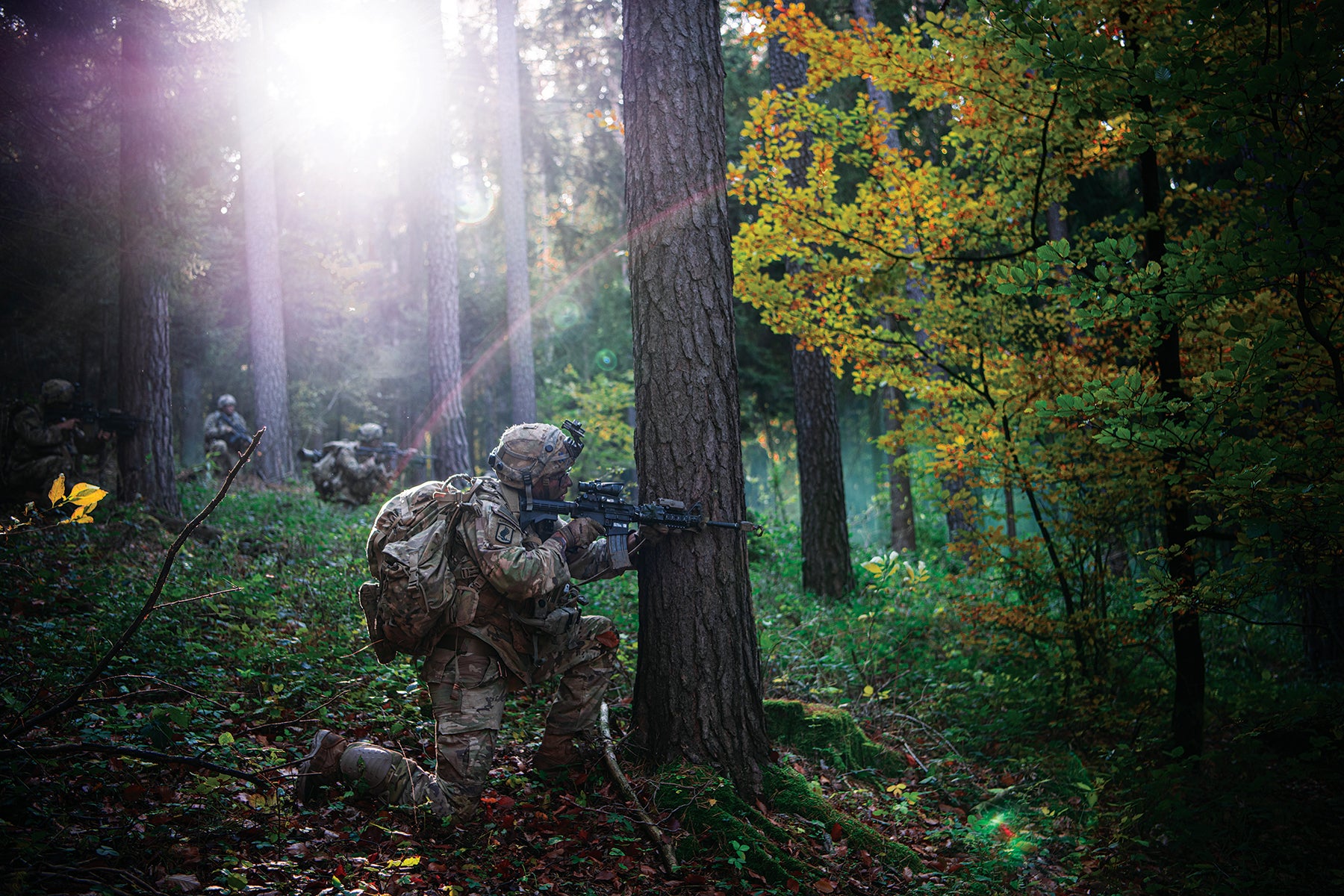
Measuring Success
H2F is a performance optimization system designed to enable soldiers to accomplish the mission, win quickly, and return home healthy. Success hinges on creating cultural change in the way the Army trains and cares for soldiers. This change includes physical training and extends to integration into collective task training and field exercises. The H2F System involves understanding the principles of sports science and applying them to tactical training to optimize individual soldier readiness and unit performance. H2F creates an environment that makes proper behavior and decision-making the most likely choice.
Army senior leaders have approved 16 metrics to assess this “whole of Army” approach. This article will review these new metrics and highlight areas leaders can engage to help the Army achieve these goals.
Success of the H2F System will depend on leaders creating the cultural change required for this vision to become reality. As Sgt. Maj. of the Army Michael Grinston said, “H2F represents a cultural change for ‘My Squad.’ Soldiers must optimize physical, nutritional, sleep, spiritual and mental readiness in order to master the fundamentals of being a soldier.”
The heart of the H2F System is improving how the Army physically trains to fight and win the nation’s wars; training that helps ensure soldiers make the right decision, at the right time, in the right location to help achieve mission objectives. There are four performance metrics related to Army Combat Fitness Test (ACFT) performance, weapons qualification, body composition and functional training.
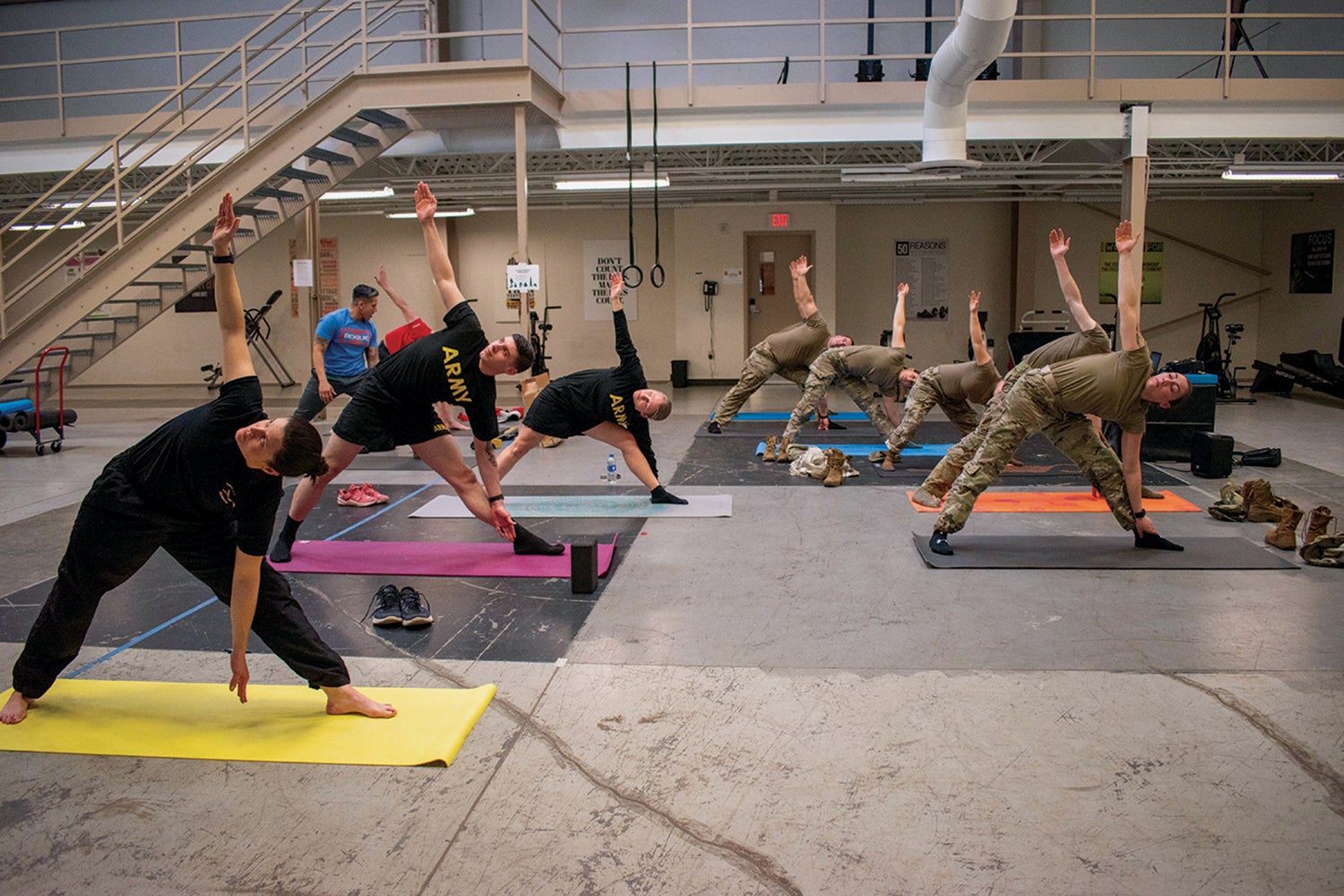
ACFT Performance
A foundational component of the H2F System is to incorporate the best sports science to improve power, strength, endurance, agility and speed. The ACFT is designed to measure soldiers’ ability to meet the physical demands of the future battlefield. As unit physical training becomes more holistic, ACFT pass rates and scores will increase. For units that have not received H2F Performance Teams, there is no reason for leaders to wait. Units can start implementing the new unit physical training programs outlined in Field Manual 7-22: Holistic Health and Fitness and Army Techniques Publication 7-22.02: Holistic Health and Fitness Drills and Exercises to improve the quality of physical training and refine reconditioning and other special conditioning programs.
Leaders can implement incentive programs to help accelerate adoption to the ACFT. The old Army Physical Fitness Test programs of “90-90-90” or the “300 Club” may not be as helpful to improve ACFT performance, as these historical incentives focus on top performers. Implementing incentives focused on a soldier’s individual improvement (i.e., a 40-point increase in ACFT score) can help drive increased performance across a formation. Additionally, providing a unit incentive (i.e. issuance of a four-day leave pass) based on increasing the overall unit ACFT average score can help encourage coaching, teaching and mentoring across the unit.

Weapons Qualification
The incorporation of mental readiness into H2F influences a broad range of skills like tactical breathing, resilience, decision-making and management of activation levels. The goal is to take mental readiness training outside of the classroom and integrate it into collective task and field training exercises. One example is the integration of mindfulness. In a study conducted in 2018–19 by the Walter Reed Army Institute of Research, researchers found that soldiers who practiced mindfulness on a regular basis scored at least 20% higher on weapons marksmanship under stress compared to those who did not. If a unit does not have an expert in mindfulness, a leader can leverage the Tactical Breather,
Breathe2Relax or other mindfulness-based apps for free. Additionally, they can ask their occupational therapist, behavioral health experts or cognitive performance specialists on their installation to provide education and training on how to leverage mindfulness to improve marksmanship.
Body Composition
Nutrition readiness is another essential component of the H2F System. The goal is for soldiers to establish and maintain a healthy eating pattern to fuel themselves to meet task or mission requirements. Leaders can support nutritional readiness in garrison by advocating for an increase in healthy eating options for soldiers. In the field, leaders can develop a “Warfighter Fatigue Management Annex” that outlines a plan focused on nutrition, hydration and sleep. It may include integrating MORE, or supplemental rations, which provide food-on-the-go options that are energy dense and deliver caffeine, electrolytes and amino acids to optimize performance. (MORE stands for Modular Operational Ration Enhancement.)
The H2F System metric associated with body composition is a reduction in the number of soldiers who do not meet the Army Body Composition Program standards. Instead of being reactive to the program (waiting for someone to fail), leaders, in concert with H2F and installation registered dietitians, can implement programs to identify soldiers at risk for failing. By proactively identifying at-risk soldiers, units can create an opportunity to prevent soldiers from becoming an Army Body Composition Program “no-go.” H2F and installation dietitians and Army Wellness Center staff have the knowledge, skills and experience to help soldiers proactively integrate fueling for performance.
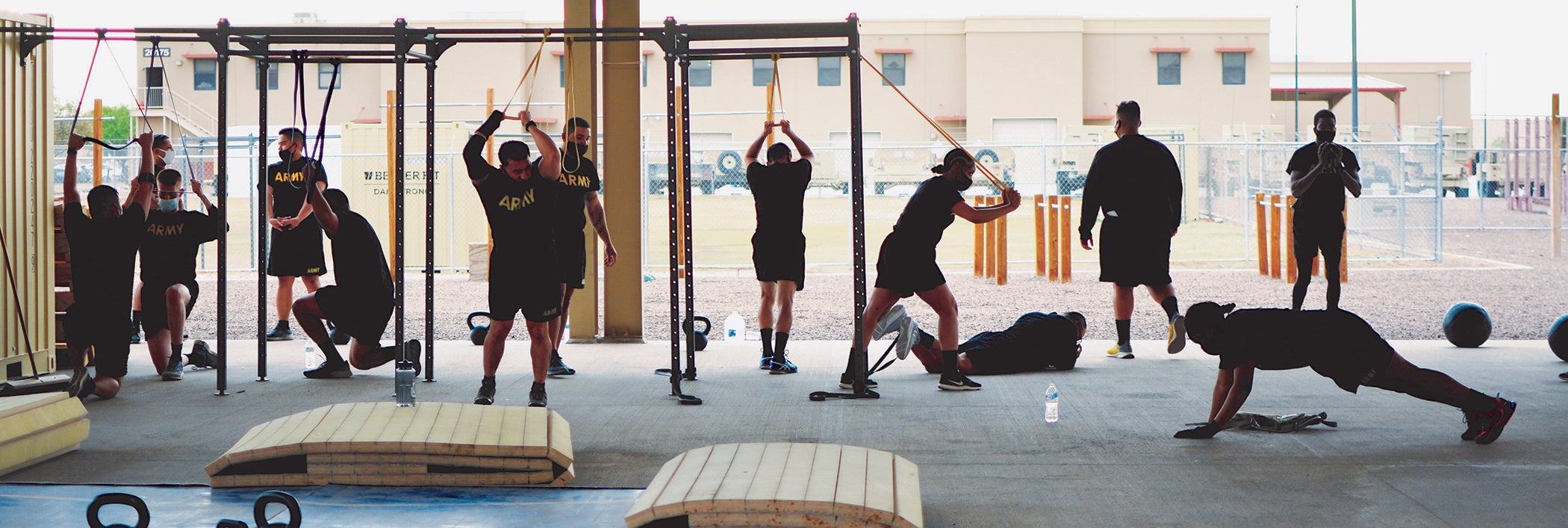
Functional Training
Holistic investment in soldier health and readiness leads to higher graduation rates at military schools such as airborne, air assault and pathfinder. H2F Performance Teams will work closely with unit leaders to integrate physical and nonphysical training into existing training opportunities to ensure H2F principles are not just a classroom drill, but are applied to enhance soldier performance in a field setting. According to a 2005 article in Biological Psychiatry by Harris Lieberman of the U.S. Army Research Institute of Environmental Medicine and colleagues, at the end of a three-day exercise with restricted sleep and limited nutrition, errors in marksmanship increased by 220%, errors in decision-making increased by 86% and reaction time decreased by 22%. Although there are many benefits to training for austere environments, one of the goals of the H2F System is to implement the best sports science to help mitigate those risks, optimize performance and delay culmination due to fatigued warfighters.
Health and Readiness
Eight of the 16 metrics focus on improving soldier health and medical readiness. This list of metrics includes improvements in medical deployability, decreases in attrition due to injury, decreases in limited duty profiles, decreases in permanent profiles, decreases in referrals to the network, decreases in medical expenses, decreases in suicide attempts, and decreases in substance abuse and tobacco use. The two biggest areas of concern are musculoskeletal injuries and mental health conditions.
Over half of soldiers experienced a new injury in 2019, resulting in about 10 million limited duty days, according to the “2020 Health of the Force” report. By placing more injury experts into units, leaders can improve the medical metrics related to musculoskeletal conditions through early identification, early access and early intervention. Rapid entry into rehabilitation allows for rapid reintegration back to the unit after injury. A system that focuses on prediction, preemption and prevention will optimize both health and performance.
Similar to the system used for collegiate and professional sports, the H2F System presents an opportunity for unit leaders, the soldier and the performance readiness staff to form a triad early after injury. Informed and engaged leaders matter. Early communication about the injury, risk and return to duty will facilitate early access to medical care while optimizing reintegration after injury.
Profiles for behavioral health are the second leading cause for limited duty days. Soldiers must realize they are the most important weapon system on the battlefield, and that seeking care early is a sign of responsibility and strength. From a leadership perspective, the goal is to better integrate unit and installation assets to optimize performance, grit and resilience. These assets include embedded behavioral health, the Military and Family Life Counseling Program, chaplains, Army Community Services and other installation resources. The installation director of psychological health can help leaders synchronize these resources.
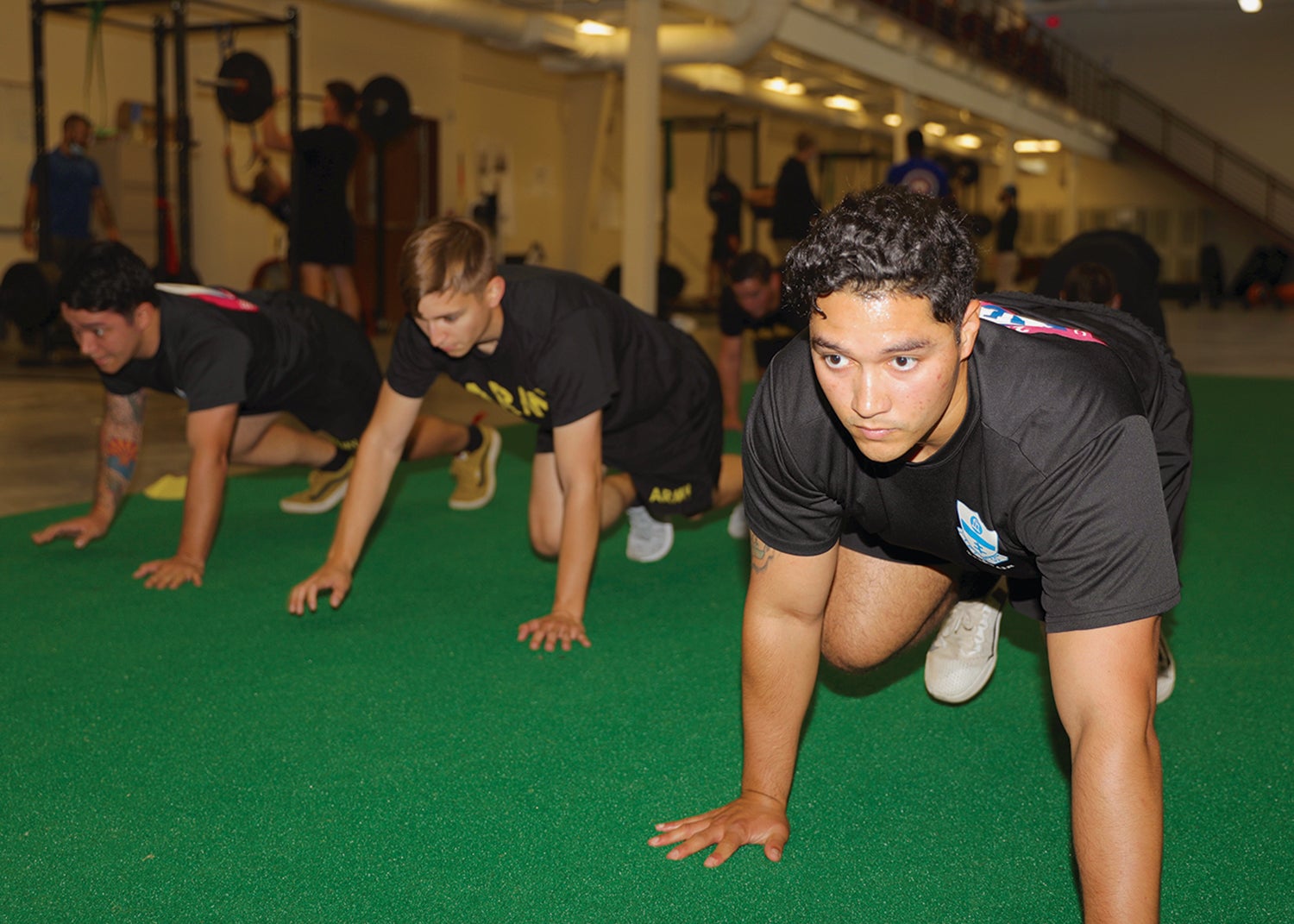
Reenlistment, Attrition Focus
Less than 1% of U.S. adults qualify and volunteer to serve the nation. Four metrics focus on reenlistment rates of first-term soldiers, first-term attrition, initial entry attrition and quality of life. A robust H2F System holistically invested in soldiers and their families will help improve reenlistment rates while decreasing attrition.
Effective and positive leaders enable soldier health and readiness. Supportive leaders can mitigate the likelihood of post-traumatic stress disorder, even for soldiers who see a lot of combat. When the first-line officer and NCO are viewed as ineffective and toxic, psychological problems have been found to be almost 23%. When only one of those two first-line leaders are ineffective, psychological problems decrease to 12%–13%. When both the officer and NCO first-line supervisor are effective, the rates drop to under 6%, according to a 2013 study conducted during Operation Enduring Freedom in Afghanistan. Leaders who embrace the importance of health, resilience, sleep, operational stress control and family support result in better soldiers and ready units. Leaders who fully embrace the cultural changes outlined in the H2F System, People First Task Force and Quality of Life Task Force will help retain America’s finest.
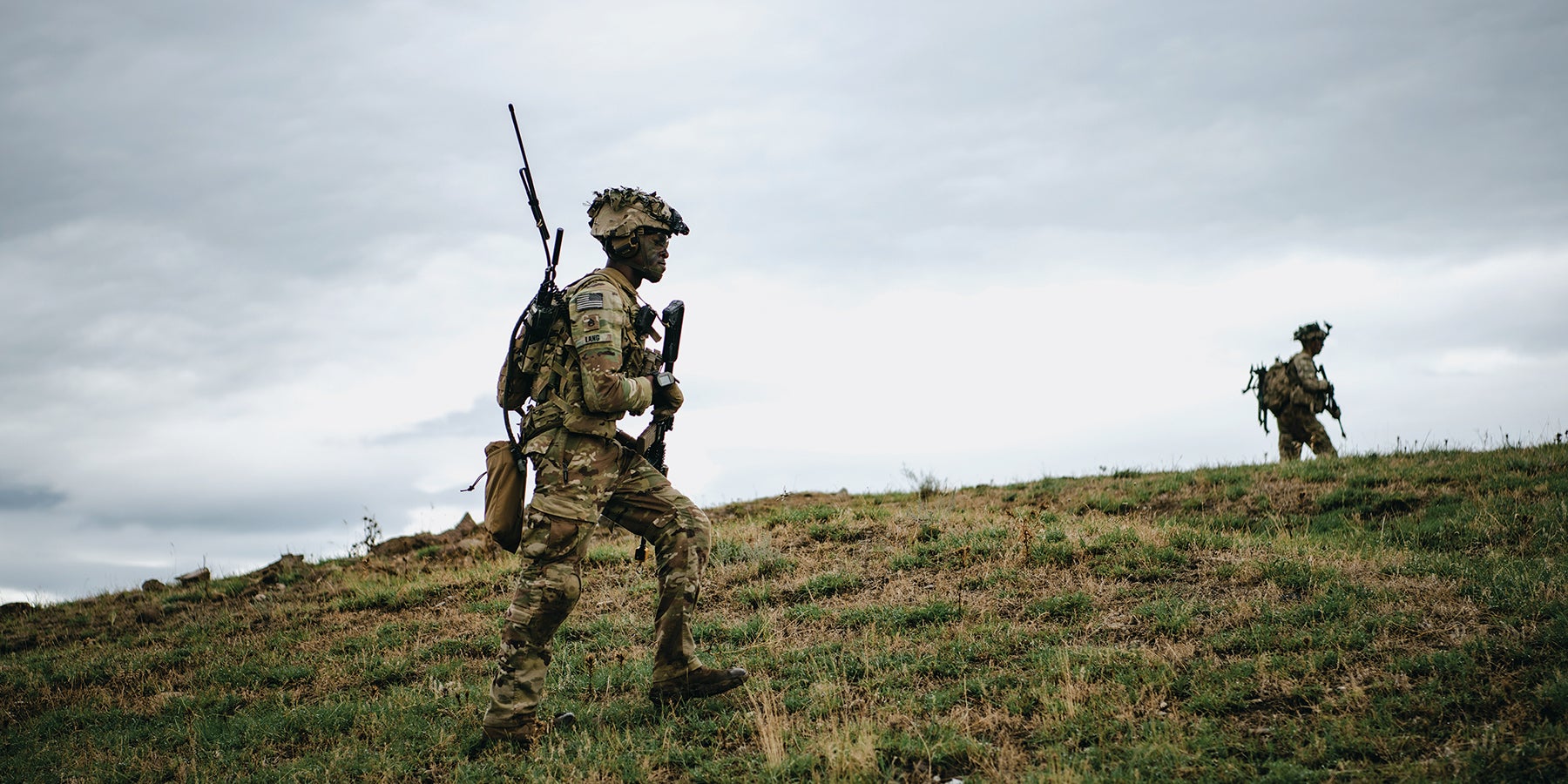
There is an old saying that you never get a second chance to make a good first impression. The stronger a unit’s sponsorship program, the faster leaders can integrate new soldiers into their team. As soldiers arrive, leaders can ensure finances, housing, transportation and access to food, child care and health care are addressed. As a leader, do you take time to ensure single soldiers are integrated into the Better Opportunities for Single Soldiers program? Are you ensuring spouses are integrated into Soldier and Family Readiness Groups and connected to spouses with similar career goals to help facilitate spouse employment? Retired Chief of Staff of the Army Gen. John Wickham Jr. once said, “The Army enlists soldiers, but it reenlists families.” Ultimately, a strong sponsorship program can help decrease attrition and increase retention by focusing on putting people first.
H2F is a system focused on improving soldiers’ physical, cognitive, spiritual, nutritional and emotional health, performance, readiness and overall well-being. While staffing, equipment and facility changes are being rolled out, leaders can start implementing the tenets of the H2F System now. As leaders, you can accelerate improvement in these 16 key metrics outlined by Army senior leaders by creating the cultural change required for the H2F System to flourish. Small changes can make a big difference in changing the culture of personal health and readiness in the Army.
We end with a simple question: What are you doing to help accelerate the Army’s efforts to truly put people first?
* * *
Leading for Health
How leaders implement the Army’s Holistic Health and Fitness System is critical to fully achieving the strategic objectives of better investing in the service’s most prized weapon system—the soldier. Here are eight things Army leaders can do to advance the holistic health and readiness of the soldiers they lead:
- Implement incentive programs to improve Army Combat Fitness Test performance.
- Train troops on mindfulness and breathing exercises to improve marksmanship.
- Help a soldier before they fail body composition standards.
- Maximize performance in field training exercises by applying holistic health and fitness principles.
- Optimize recovery after a soldier is injured with the early use of profile review boards.
- Decrease stigma and increase accessibility of behavioral health and counseling support.
- Lead by placing people first.
- Embrace sponsorship of both soldiers and their families.
* * *
Lt. Gen. R. Scott Dingle is the surgeon general of the U.S. Army and commander of the U.S. Army Medical Command. Previously, he was deputy surgeon general and deputy commanding general (Support), Medical Command. He has commanded and served in key leadership and staff positions at every level.
Maj. Gen. Lonnie Hibbard is director of operations, U.N. Command/Combined Forces Command/U.S. Forces Korea. Previously, he served as commanding general, Center for Initial Military Training, U.S. Army Training and Doctrine Command, and senior Army element commander, Joint Base Langley-Eustis, Virginia.
Col. Kevin Bigelman is the Holistic Health and Fitness System director assigned to the Center for Initial Military Training. Previously, he was deputy director, Department of Physical Education, U.S. Military Academy, West Point, New York.
Col. (P) Deydre Teyhen is the chief of the U.S. Army Medical Specialist Corps and deputy chief of staff for personnel, logistics and technology, Medical Command. Previously, she commanded the Walter Reed Army Institute of Research, Silver Spring, Maryland, and the U.S. Army Health Clinic, Schofield Barracks, Hawaii.

